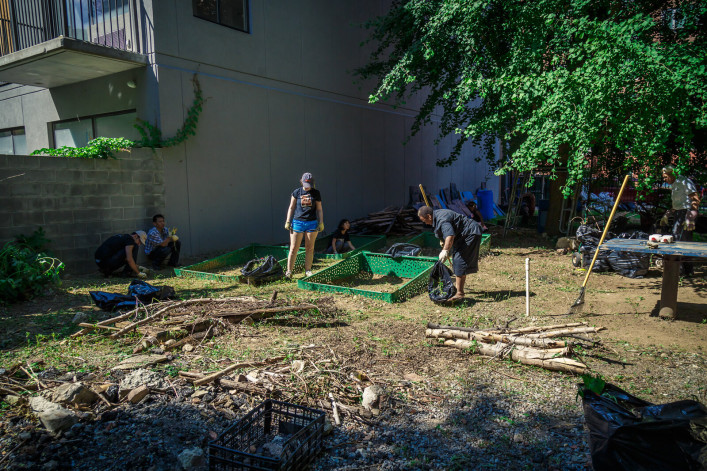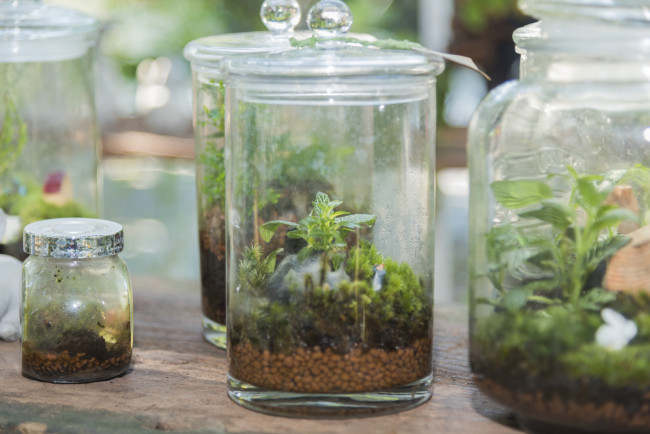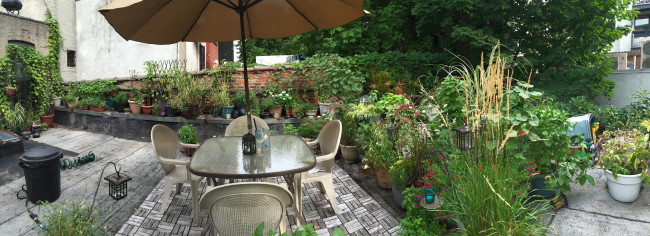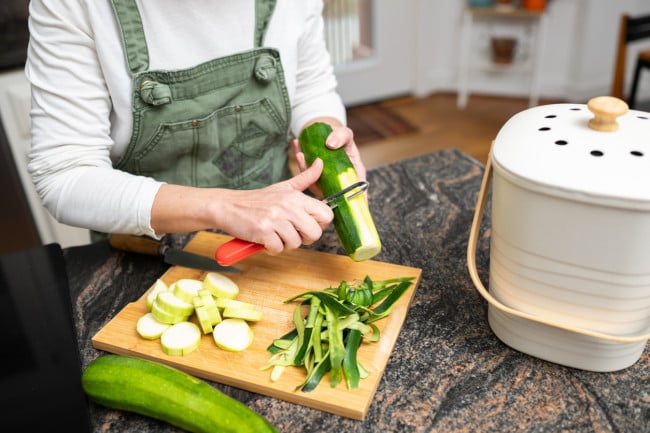NYC community gardening 101: What to know and how to get involved
New York City’s community gardens provide a patch of green in our otherwise densely populated, urban environment. The city program that supports these urban retreats, GreenThumb, is the largest in the nation, supporting over 550 community gardens across the five boroughs.
Brokers might be more inclined to tell you about the square footage and fixtures of the apartments they show you, but nearby gardens can be a sign of an invested local community. Often these green spaces are narrow awkward lots that have somehow escaped the eye of city developers. This weekend is a good opportunity to explore these spaces because there’s a city-wide community garden open day with many offering free activities and workshops.
[Editor's Note: An earlier version of this post was published in April 2015. We are presenting it again with updated information for July 2019.]
The history
The history of many NYC community gardens can be traced back to the financial crisis of the 1970s when some public and private land in parts of NYC became neglected and abandoned. Much of it was concentrated in low-income neighborhoods, like Harlem and the East Village. To improve their surroundings and prevent crime and drug dealing, residents worked to take back these abandoned lots, renovating them into community gardens.
“Visiting or working a garden is a great way to get involved in your community, socialize with neighbors, teach children about growing plants and food, and just enjoy a bit of nature in the city," says Judy Janda, a Brooklyn resident and avid community gardener.
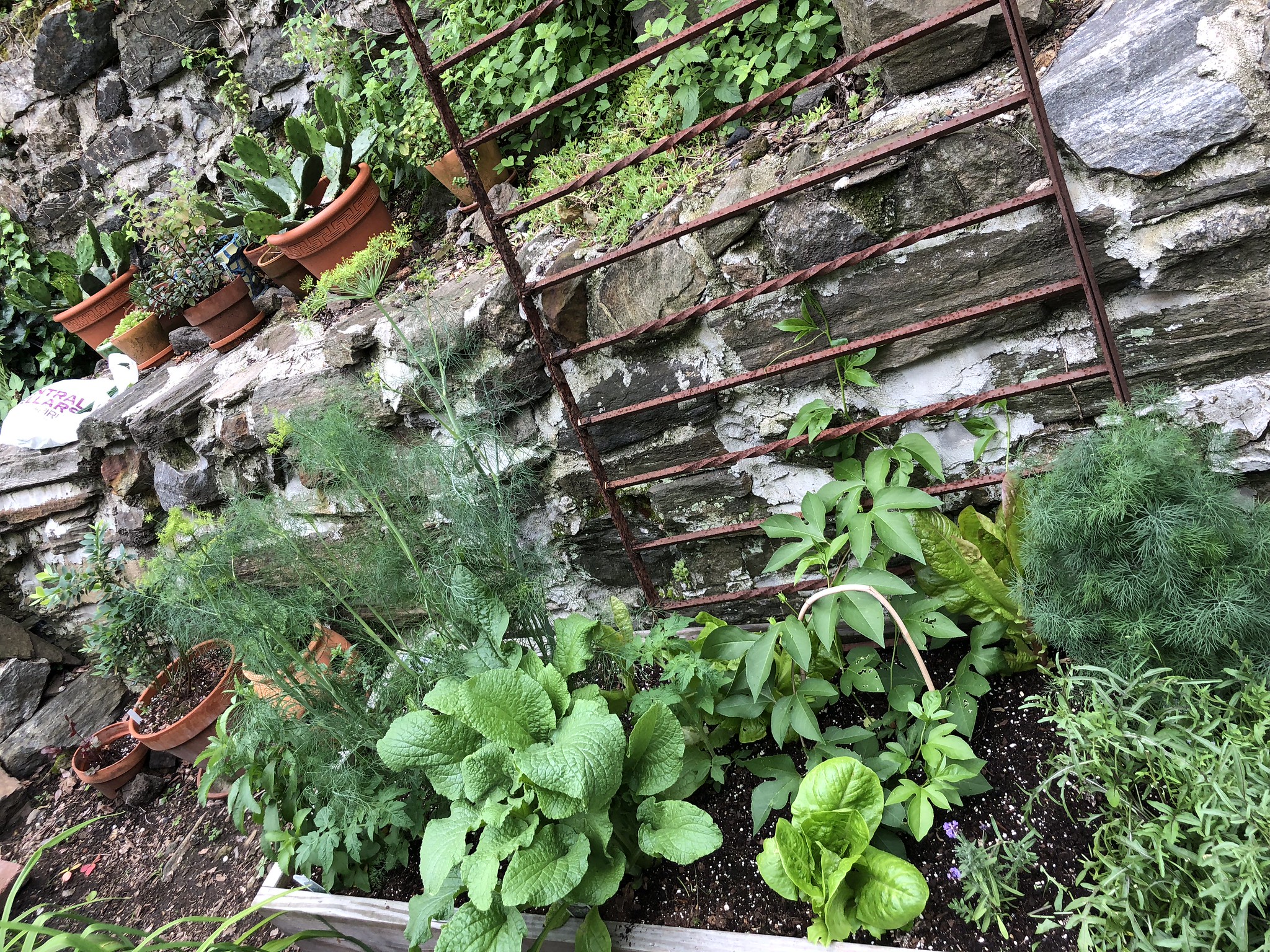
Finding a garden
Some community gardens are simple green spaces, others showcase art installations or provide workshops on composting, and some even operate like urban farms with crops that support their own farm stands. Many gardens partner with schools to provide educational opportunities and workshops. Some will even have chickens or beehives.
You can find a garden by neighborhood. Since community gardens are run by volunteers, opening hours may vary from garden to garden.
Joining a garden
Once you’ve zeroed in on a garden you might want to join, visit it during open hours or when they’re hosting an event (generally posted on signs at the garden gate or on the garden’s website, if they have one) to meet the gardeners and learn about their membership process. Some require you to attend an orientation or the general meeting or join a garden committee, contribute dues or volunteer before you can become a new member or request a plot of land.
Some gardens provide allotments within the garden and in some cases these have wait lists—of up to five years or more. Not all gardens offer your own allotment and some still welcome volunteers for general gardening duties. If you’re ambivalent about the location or joining a garden in your immediate community, you can search for gardens in need of volunteers at NYC Service by entering terms such as "community garden" into the keyword field.
Starting a garden
If you can’t find a garden to join in your community, you can start one. The city provides step-by-step directions, which involve identifying available land, finding out who owns it, creating a vision for the space, garnering community support and establishing a core group of volunteers, as well as lobbying the community board and local politicians. It’s not for the faint-hearted. Once you are on your way, you can use the city resources to request soil, lumber, and access to water from a fire hydrant.
You Might Also Like




















